Israel’s national pivot in the 1970s

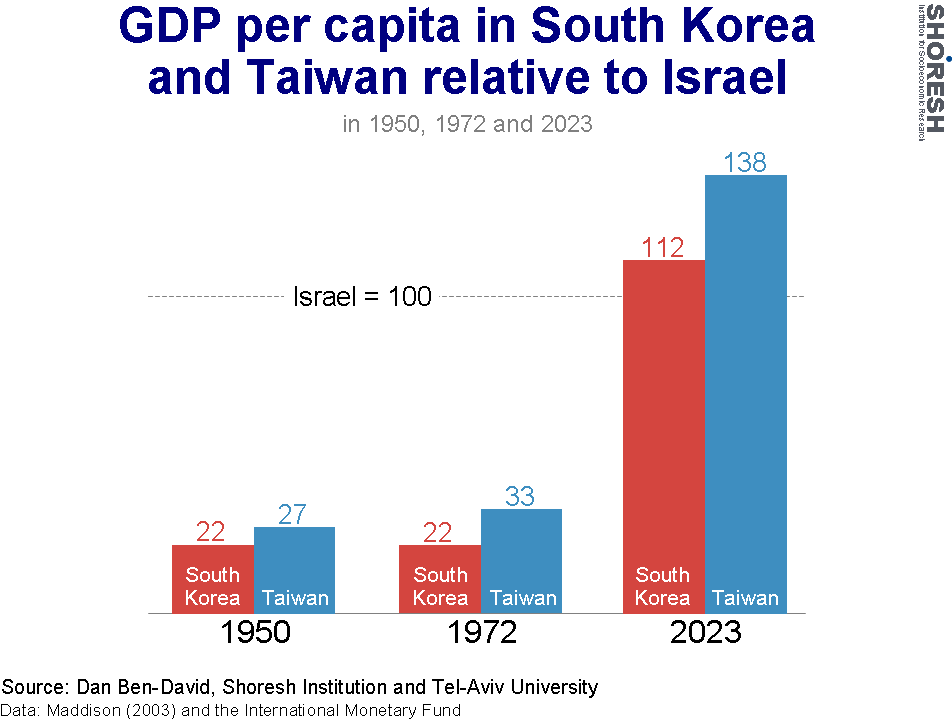
A growing dependence on a limited skilled workforce

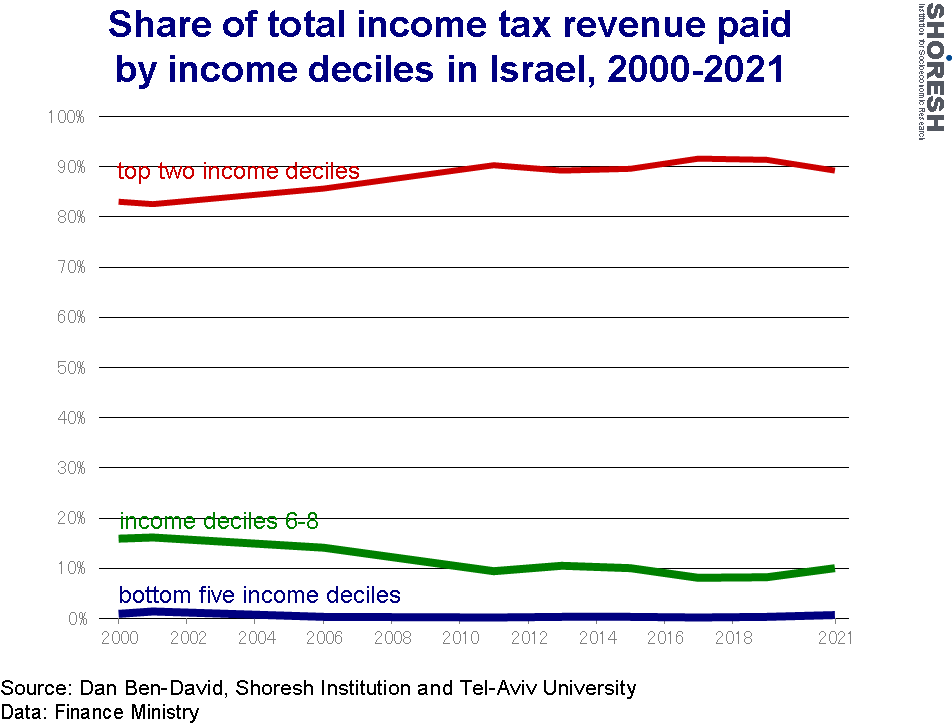
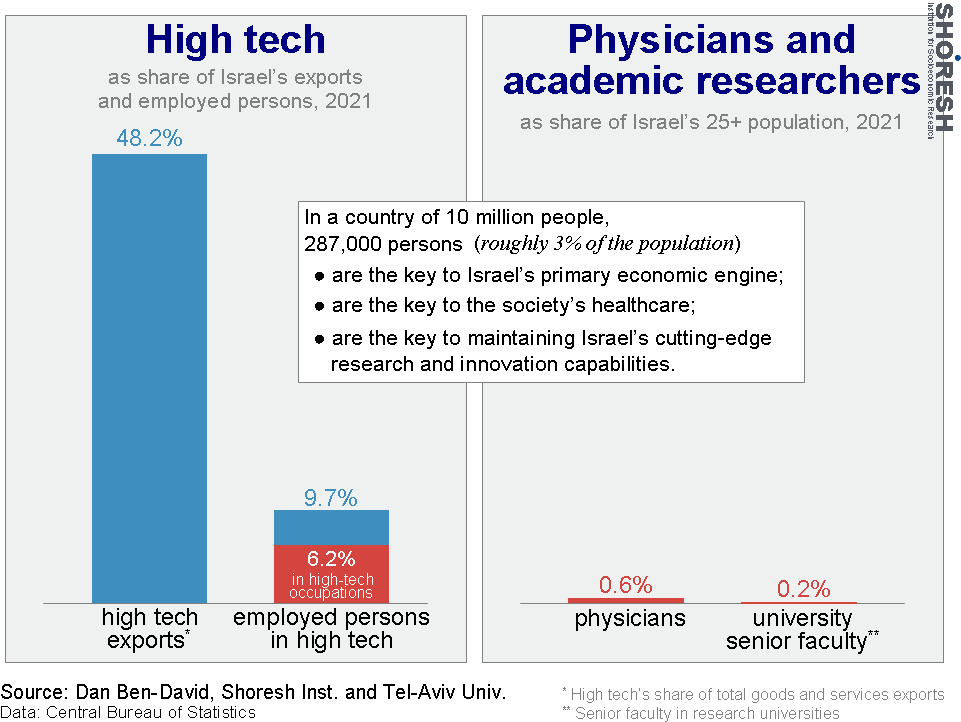
Why are so few skilled individuals shouldering the burden?



Israel’s demographic direction
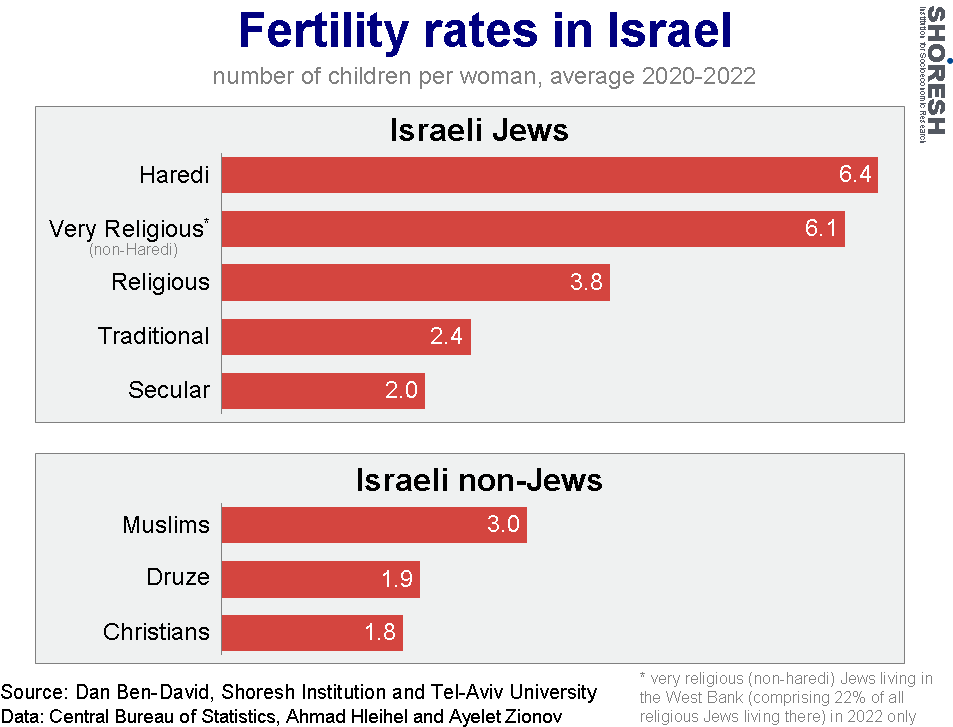
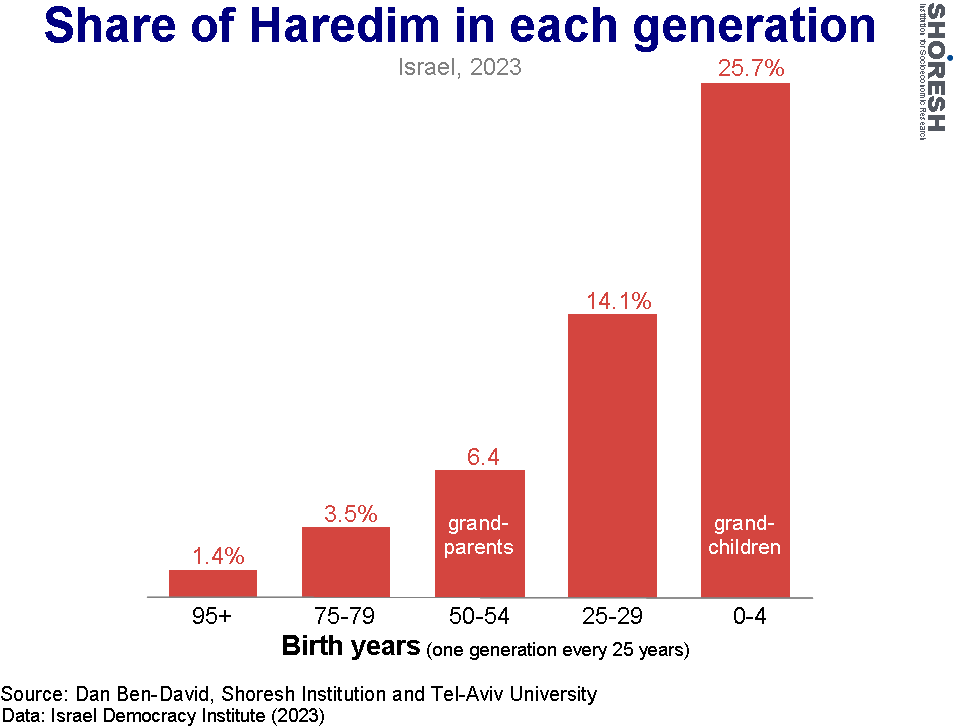
Municipal spirals of collapse
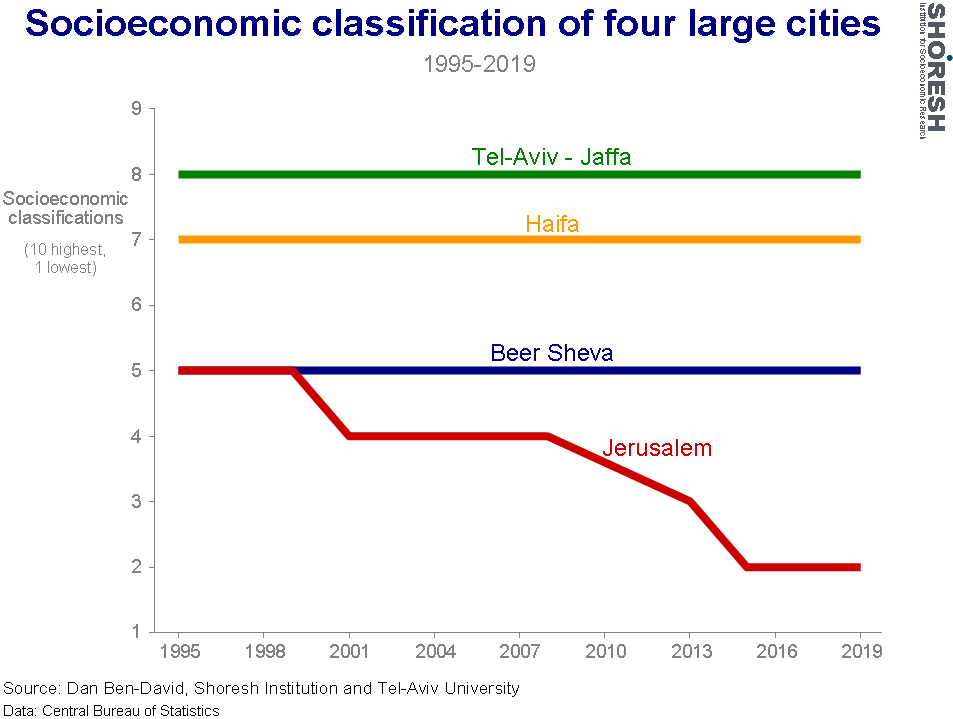
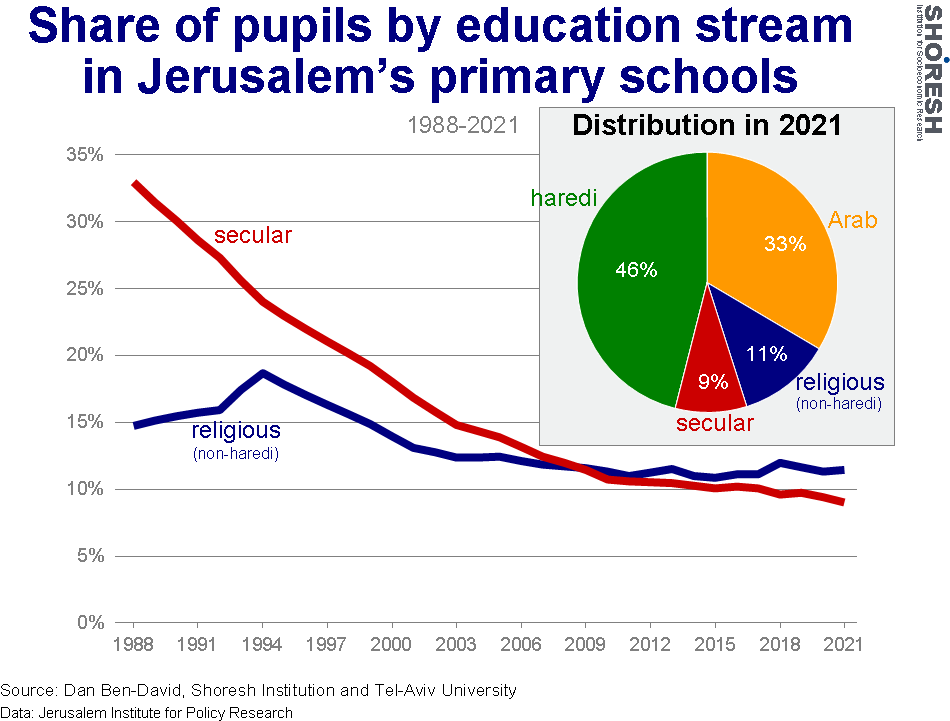
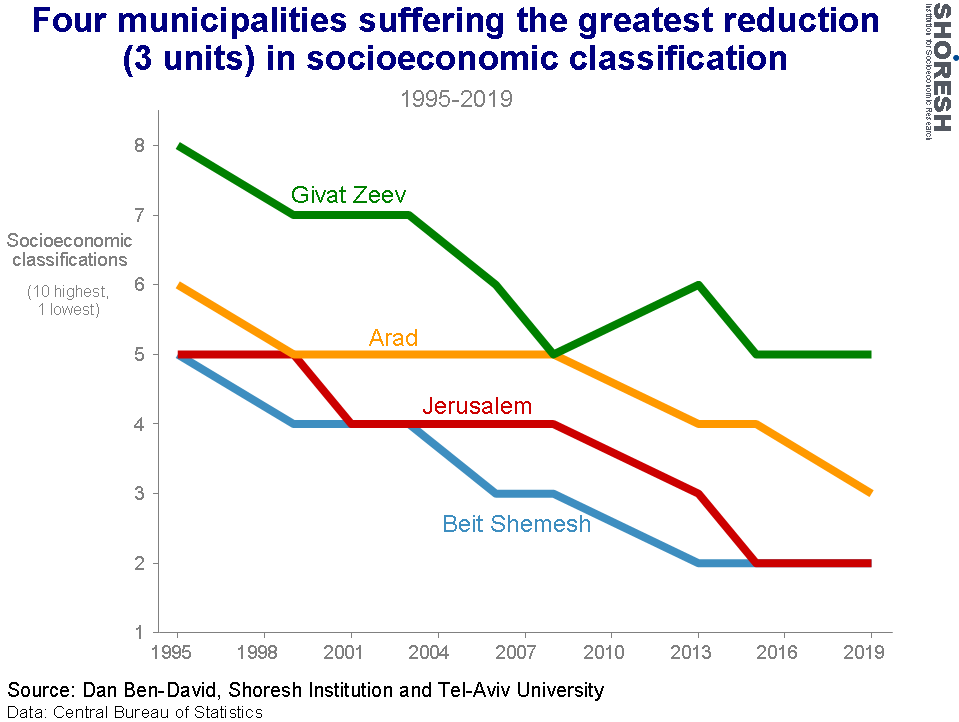
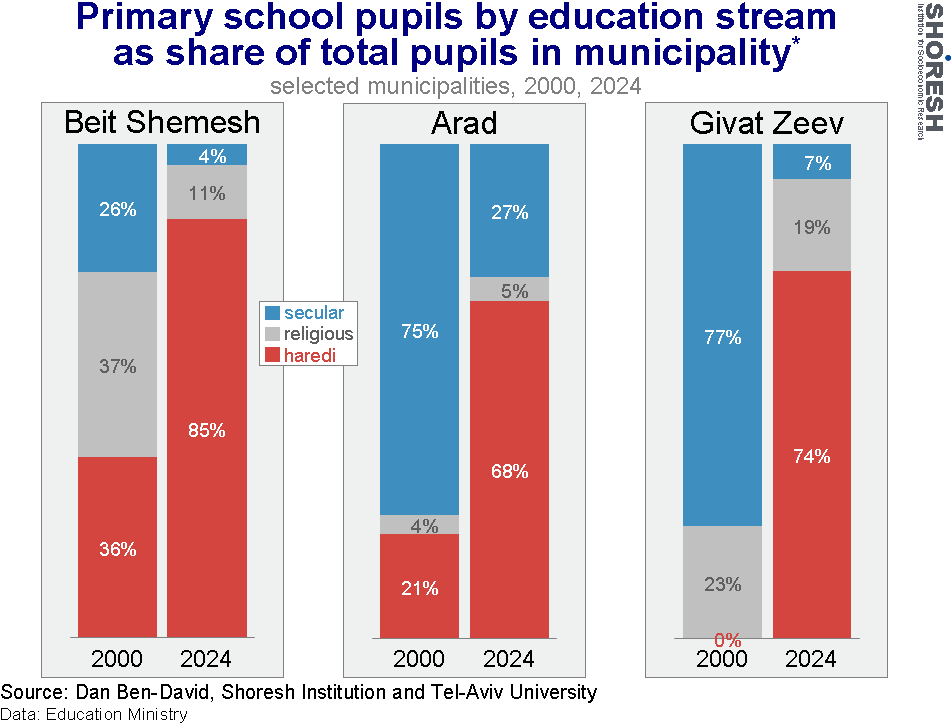
Excerpts from 2024 warning letter signed by 130 of Israel’s leading economists
“Without a change in the current trajectory, these processes endanger the country’s very existence. Many of those who bear the burden will prefer to emigrate from Israel. The first to leave will be those with opportunities abroad … Israel’s remaining population will be less educated and less productive, thus increasing the burden on the remaining productive population. This, in turn, will encourage further emigration from Israel. This process of a ‘spiral of collapse’ in which increasingly larger groups decide to emigrate, will further deteriorate the conditions of those who remain, while severely impacting populations with fewer emigration options, including the Haredi population itself. The demographic and economic processes that the city of Jerusalem has undergone in recent decades – its rapid decline in socioeconomic indicators and its increasing abandonment by large segments of its secular population – clearly illustrate this spiral of collapse phenomenon and the dangers facing the entire State of Israel.”
“Jerusalem has Israel to support it. But Israel has only itself.”
“This is a clear and present danger to the country, one that we assess has a very high probability of realization … The danger is clear, and in our estimation, the probability of its realization is very high... This is a real alarm. History will not forgive the State’s leaders in the present and future – from all ends of the political spectrum – if they stand by.”
complete letter: https://economists-for-israeli-democracy.com/files/letter_2024-05-28_eng.pdf
Emigration
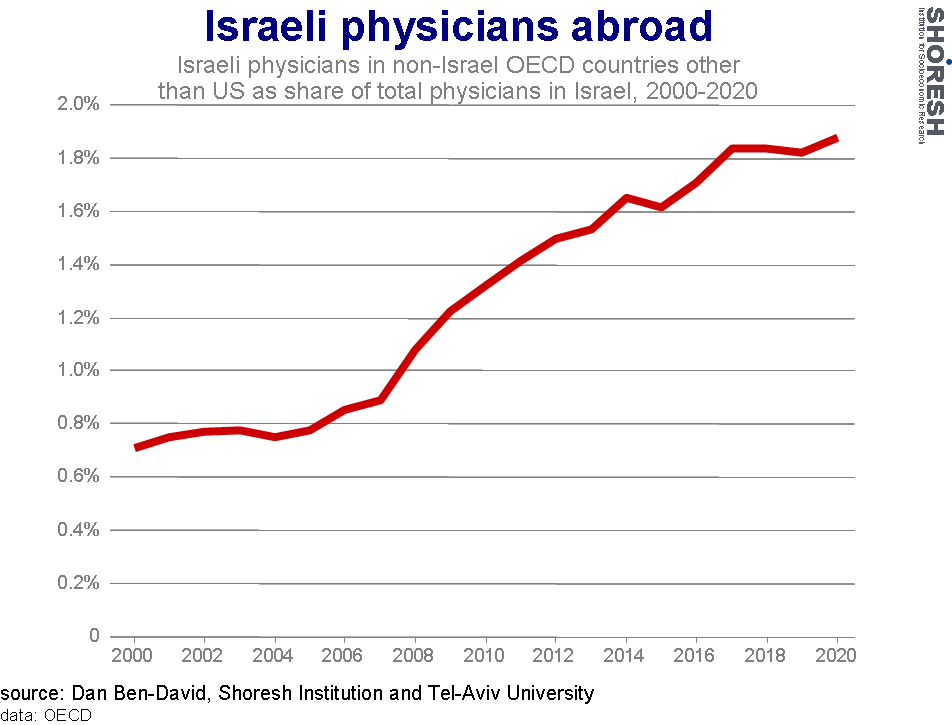
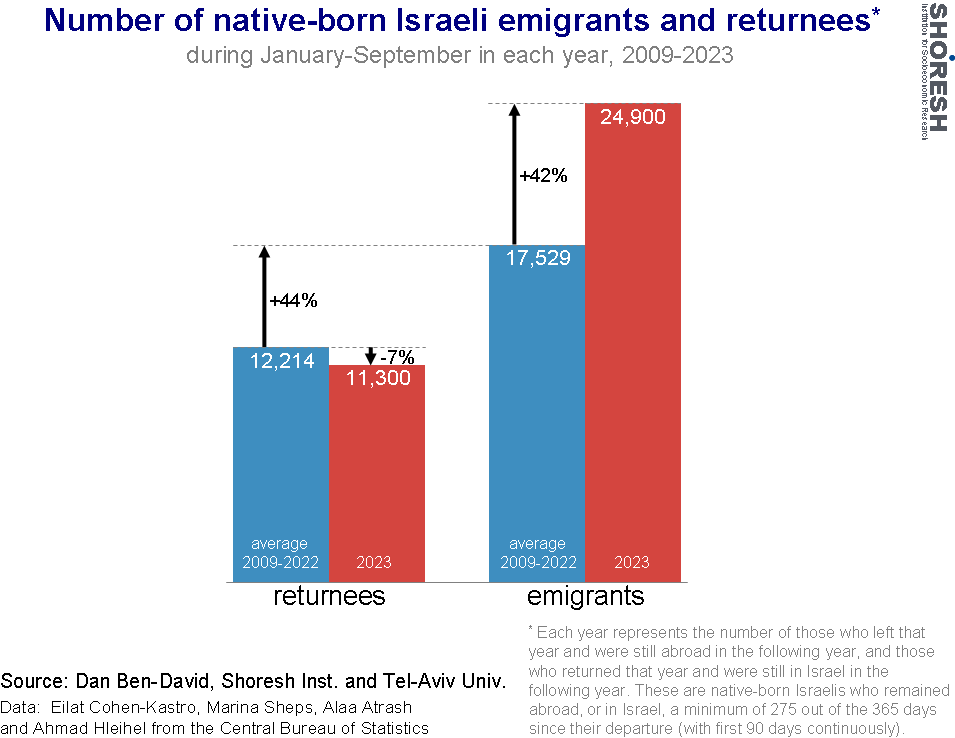
The Israel 2.0 Roadmap for avoiding a national spiral of collapse

- The key to national change of direction is a complete overhaul of Israel’s education system. A significant upgrade in the core curriculum for all Israeli children, with special emphasis on the weaker parts of society – and no more exceptions for the Haredim. We need them, and they need the opportunities that will open up for them when they receive a first-world education.
- An overhaul of budgetary priorities will incentivize compliance with the education overhaul. Israel’s need to allocate tens of billions of shekels to recover from the October 7 war will necessitate, among other things, a complete cessation of direct and indirect funding (a) for schools that won’t teach the upgraded core curriculum in its entirety, and (b) for lifestyles of non-work.
- Reforming Israel’s system of government will enable the implementation of the education and budgetary overhauls. A government with few ministers, but those who actually understand what their ministries do. An executive branch with the ability to implement and enforce, alongside independent legislative and judicial branches, with checks and balances among all three branches of government.
- Drafting and passing a constitution that will firmly entrench the basic rules for the road ahead. While rapid the demographic changes will allow future populations to undo the changes in the constitution and the system of government, the hope is that an upgraded education system in Israel will have done its part during these decades, and future generations will not want to turn back the clock to the reality that we currently live in.